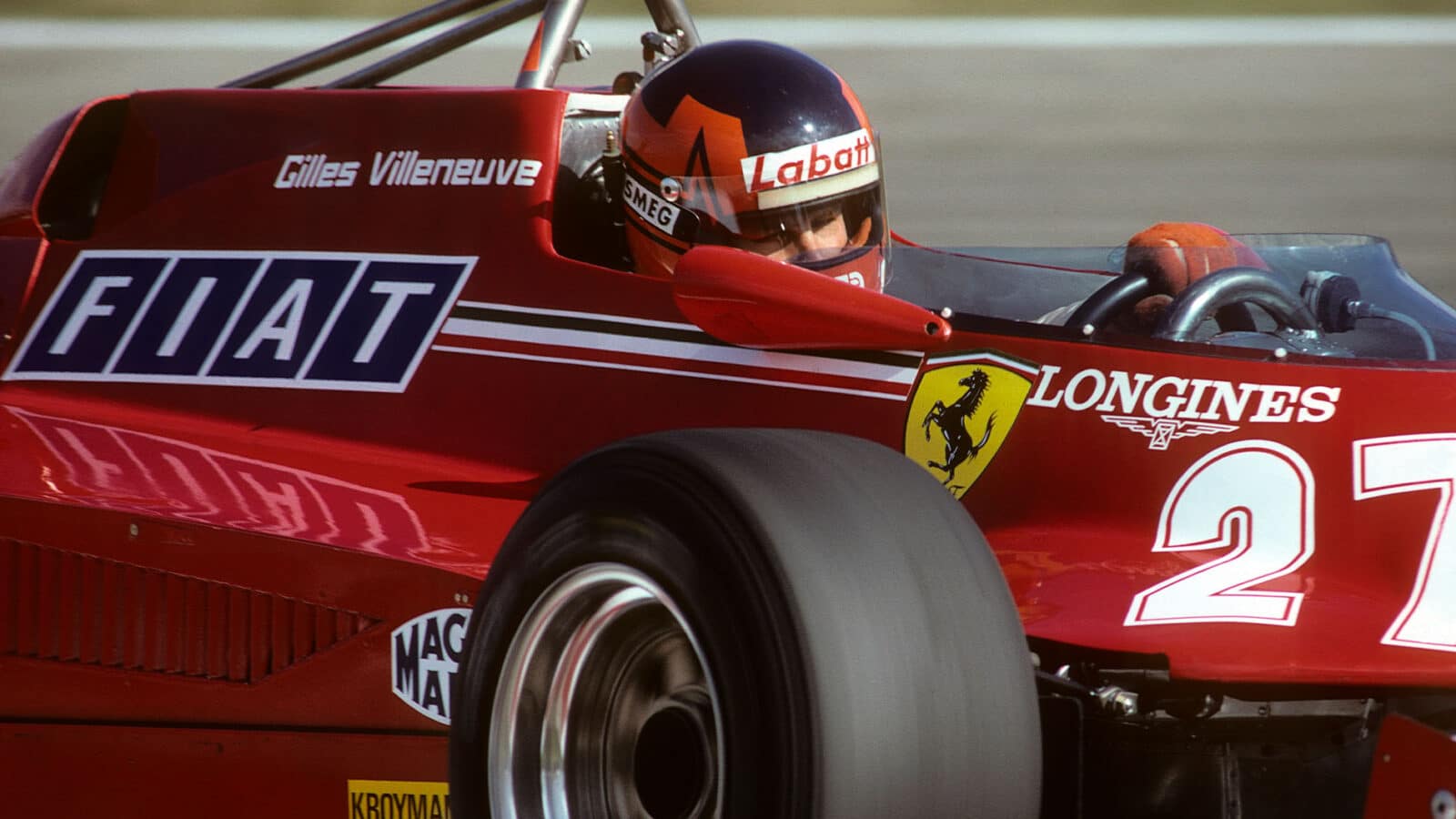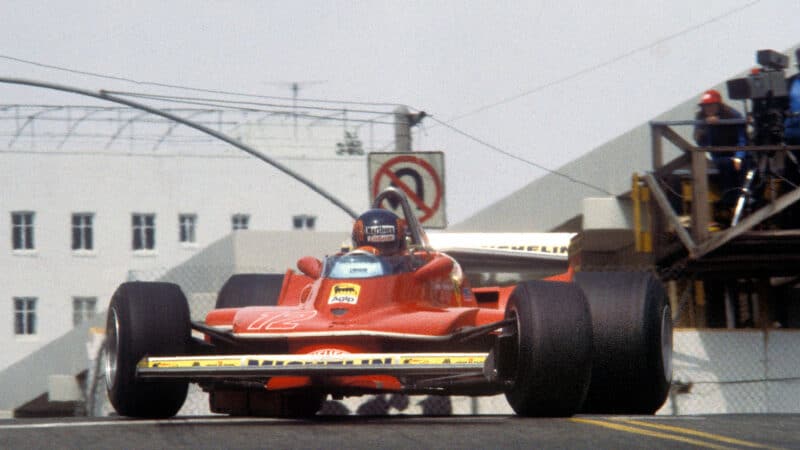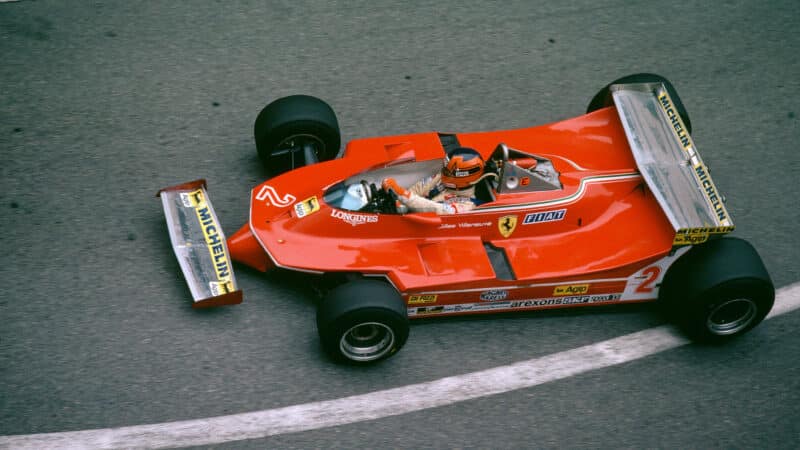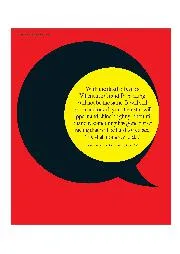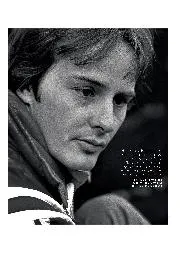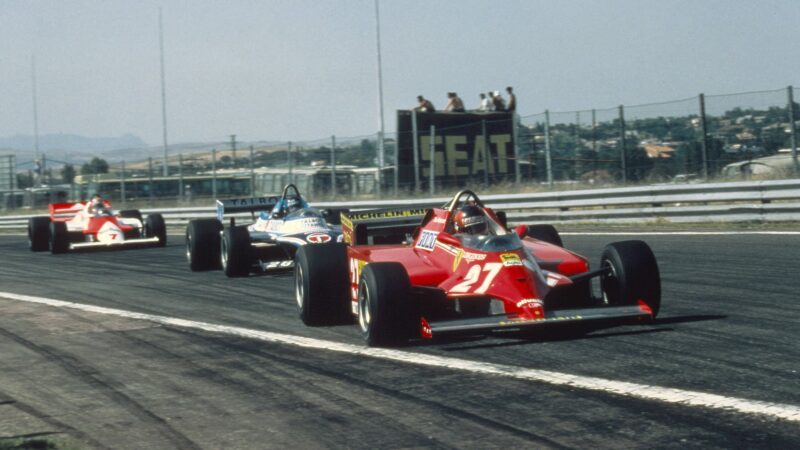Mauro Forghieri described Gilles as having a “rage to win” greater than any driver he had known, and it was this competitive intensity that drove him on. And that, allied to a twist of DNA, allowed him impossible victories like Monaco or Jarama 1981. It was this same rage, however, that sparked incident and spectacle when in 1980-81, at a time his career should have been coming into full flower, Ferrari provided him with dogs.
“He was an innocent believer,” says Forghieri. “He had surrendered his own chances [of the world championship] for the team in 1979 with Scheckter, and he believed that he would be paid back.” When circumstances conspired against that, desperation occasionally surfaced.
But what about before 1980-81? There was incident then, too, surely? Villeneuve’s close friend and fellow GP driver, Bruno Giacomelli, puts that into perspective: “You have to make the distinction between early in his career and later. Those who talk about Gilles as crazy, I think they got it wrong. You must remember that he had no real experience when he first came into F1. I mean, he didn’t even have international experience, just Formula Atlantic in Canada and North America. He had to learn so much more than the rest of us brought up on racing in Europe. If you think, he came to F1 without any international experience, he had to learn the tracks as well as all about F1 and with all the pressure of being a Ferrari driver.
“Of course he made mistakes! There were only two possible outcomes in that situation, no matter how talented you were. You would either not have been quick enough or you would have accidents. And if you’re not quick enough, you’re not going to get to stay in F1. So there was only one option. I think he did incredibly well. Jesus, he almost won one of his first races!” That would be Long Beach ’78, his sixth GP, a dominant victory lost only by failing to allow for Clay Regazzoni’s notoriously limited peripheral vision when he came up to lap him.
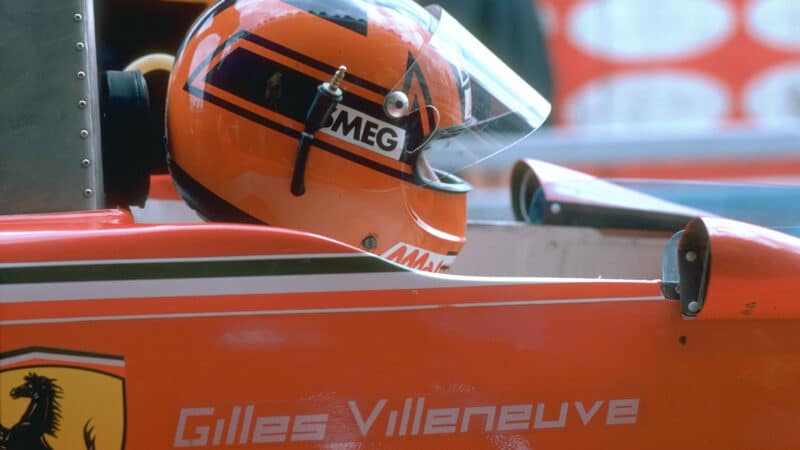
Mauro Foghieri says Villeneuve had a “rage to win”
Getty Images
Testing for his first GP with McLaren at Silverstone in 1977 was probably where the reputation for wildness took root. It’s now the stuff of legend how many times he spun. But it wasn’t clueless spinning; it was the result of a calculated strategy to get up to speed in time far qualifying in a car far more powerful than his Atlantics, on a track he didn’t know, and when there was only one chance to make a favourable impression. Not once did he hit anything; he chanced his arm only where he could recover, and his spin recovery was quite fantastic. Come qualifying and race, he was flawlessly polished and sensationally quick. With an obsolete M23, he set the race’s fifth-fastest lap, and had he disregarded the information of a faulty temperature gauge, he would have finished fourth.
Mega-talented though he was, he was still in over his head in terms of experience. If the McLaren run had been in at the deep end, stepping in at Ferrari later the same year as a short-notice replacement for the legendary Niki Lauda, and in a car that handled diabolically in the autumnal cold was akin to leaving the toddlers’ pool to swim in shark-infested waters. In Japan, his second race for the team, he messed up, getting airborne after misjudging a move on Ronnie Peterson. At this point, yes, he was wild.
“It shouldn’t have been the right strategy, but Villeneuve made it so”
“When he first arrived, his driving style was not really suitable for F1,” says Giacomelli, “or any single-seater, really. He was still quick, but the style made him have accident, too. But he learned and actually, though he remained spectacular, he became smooth as well. People get the two confused. You can still be super-smooth but be right on the limits, using all the track and more. People saw him pushing like hell because his cars weren’t competitive in 1980 and ’81 — up on the grass, crazy things — but I tell you, he was smooth in the way that he used the car, in the way he made the inputs into it. You could see that just watching his car.”
Carlos Reutemann, stunningly quick and with many years of experience, was Ferrari team leader in 1978 and performed brilliantly to win four races in an outdated car. His average performance was, not unexpectedly, higher than that of his rookie team-mate. But never did he take the fight to a fit and healthy ground-effect Lotus 79. Villeneuve did so twice — pressuring Mario Andretti for victory virtually all the way at Zolder and Monza. Which merely confirmed that his potential was off the scale.
